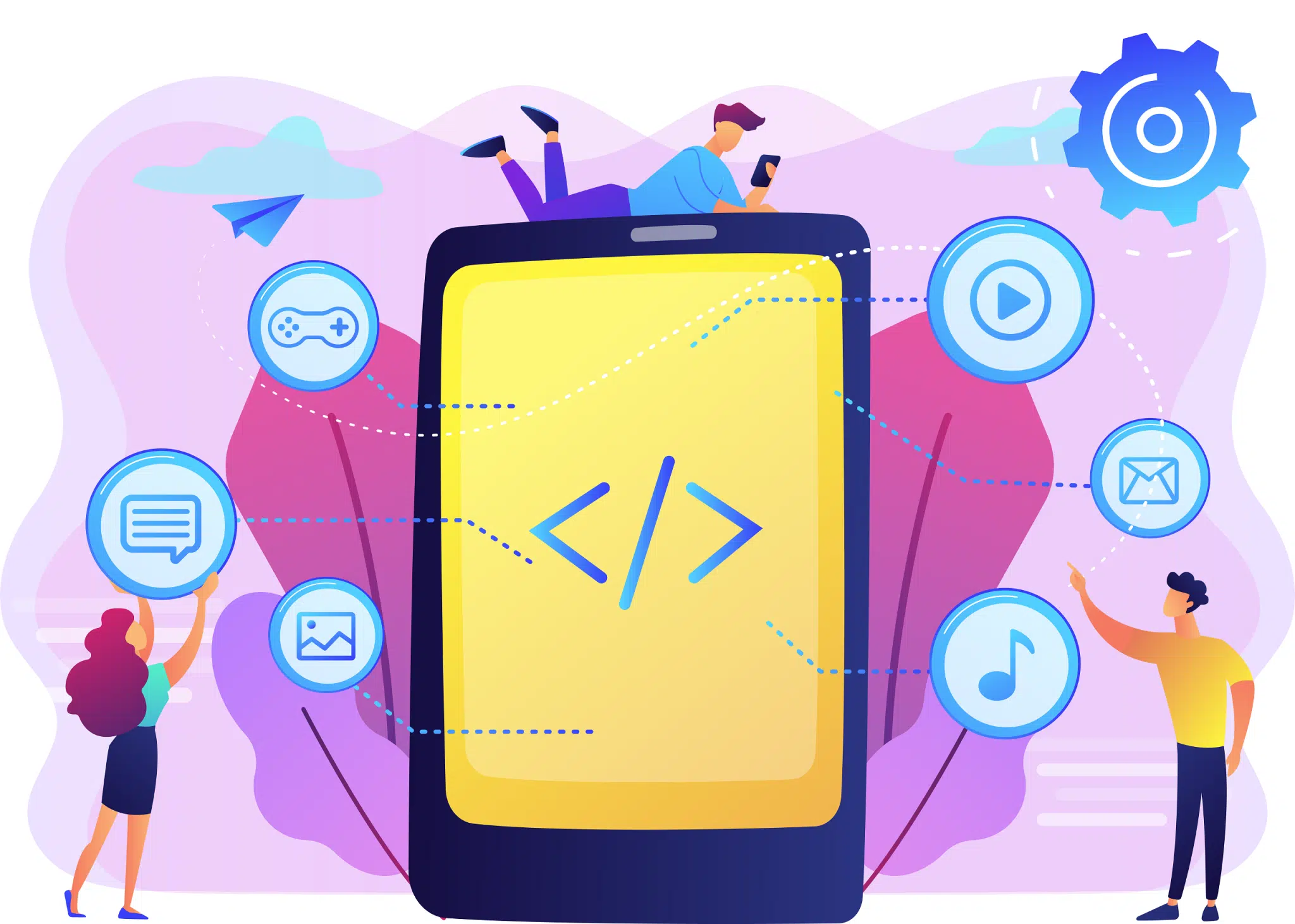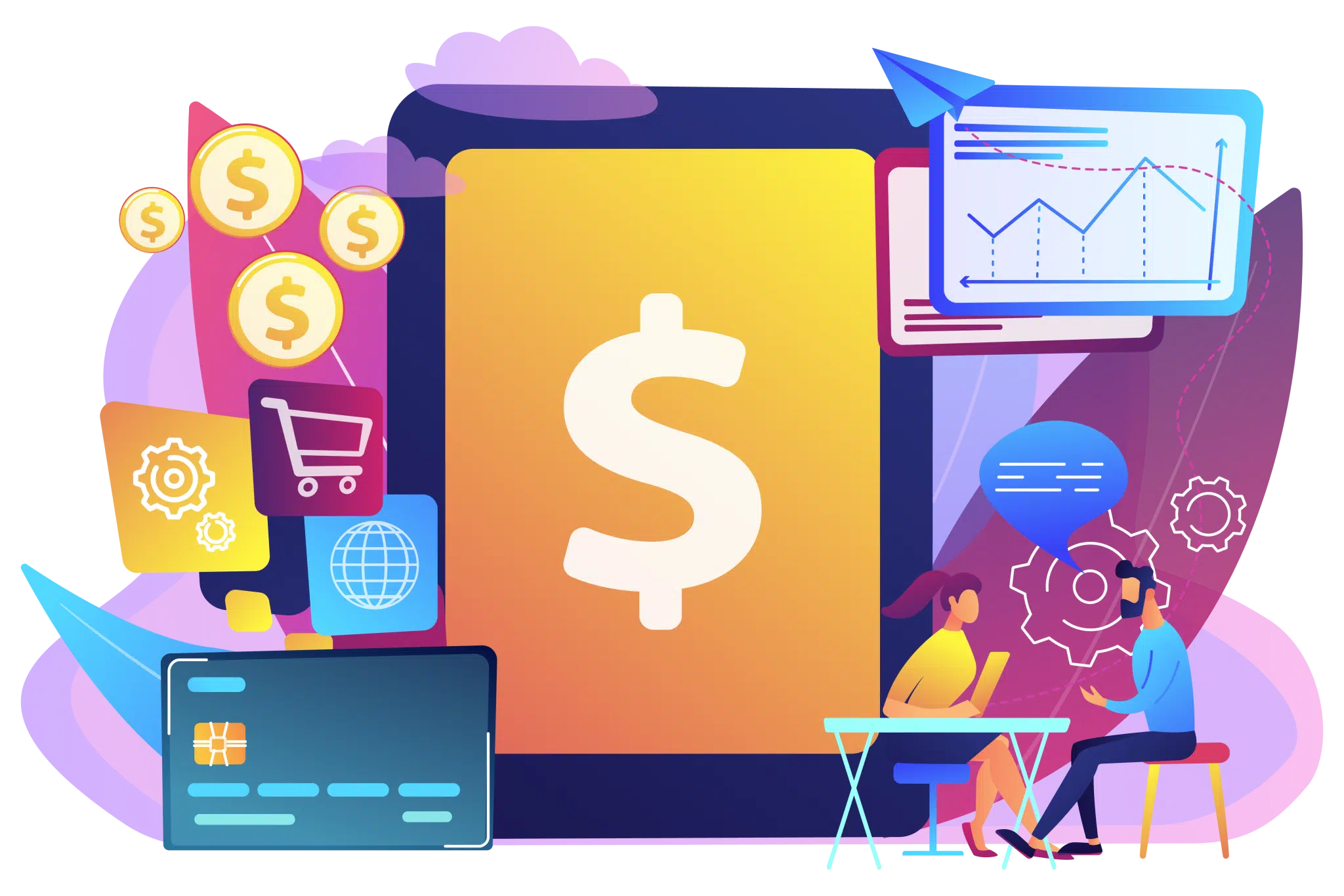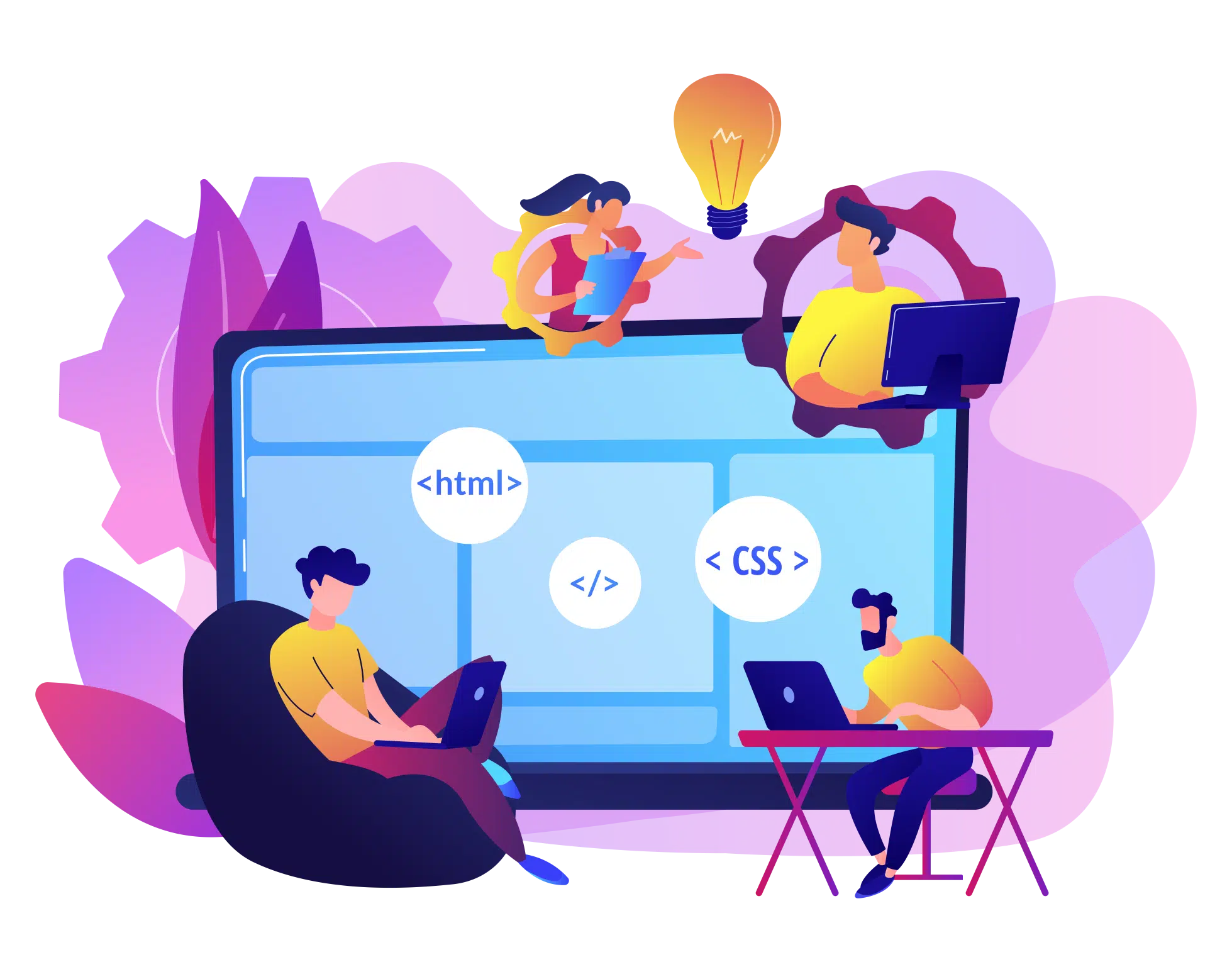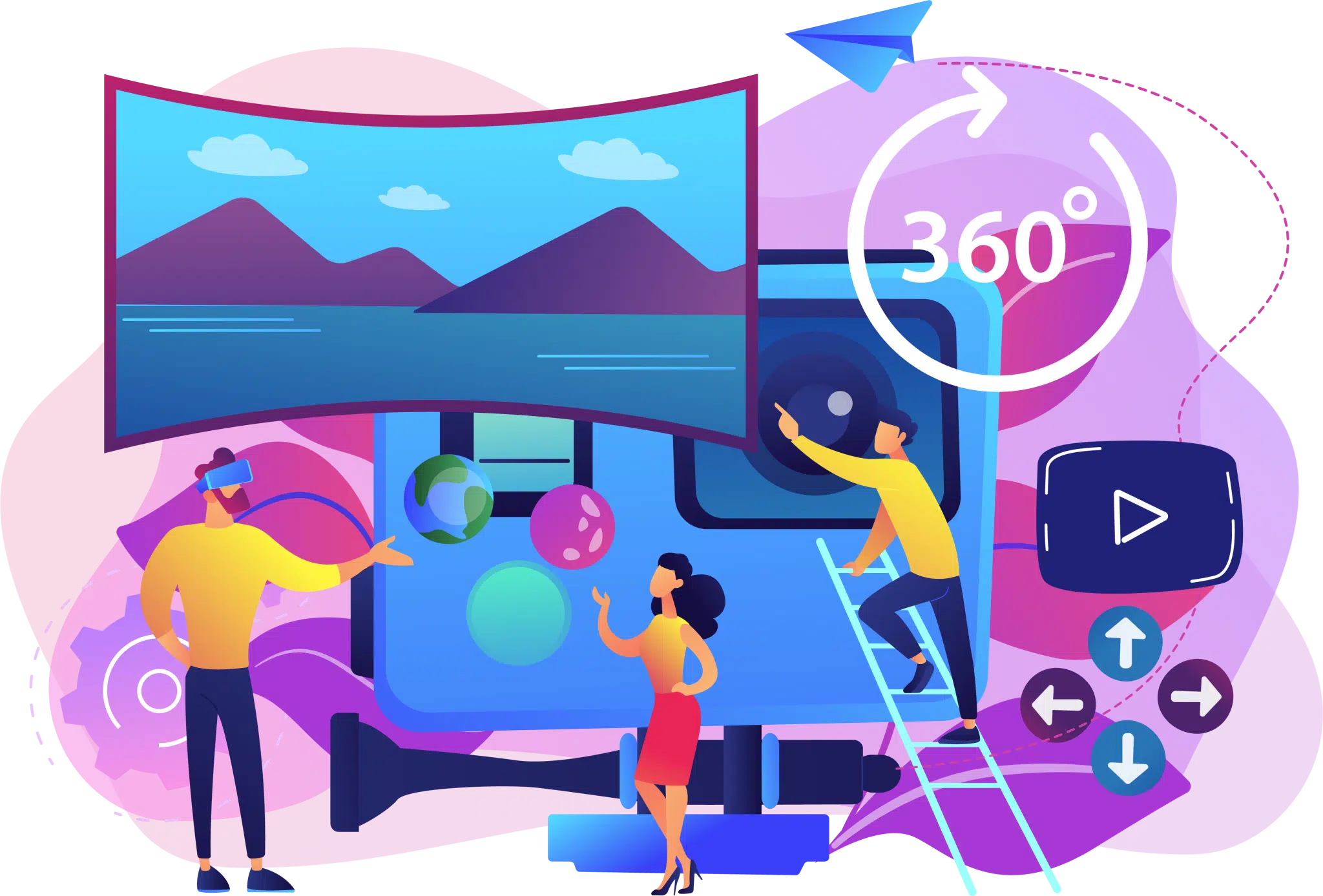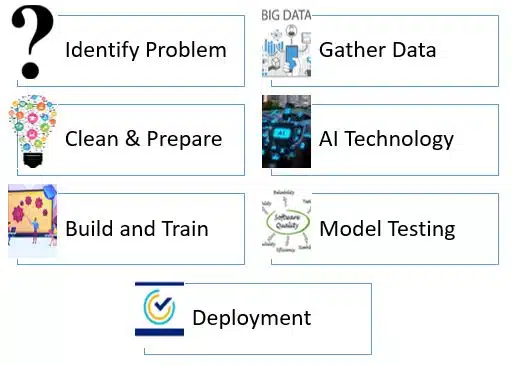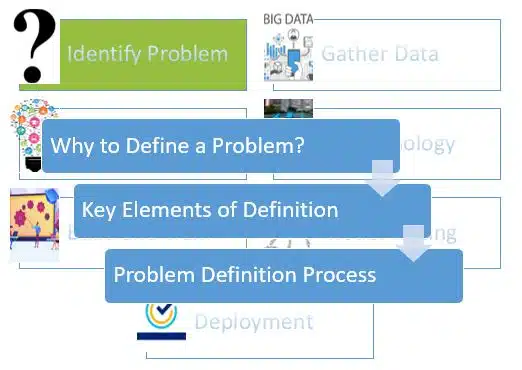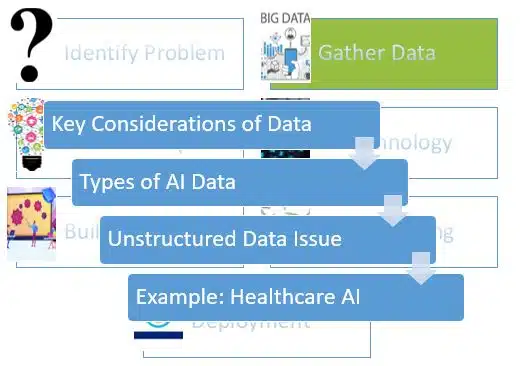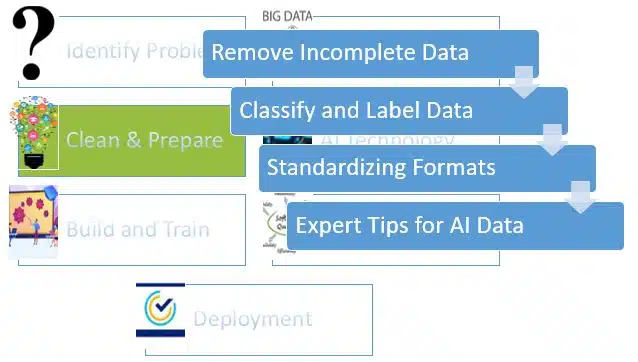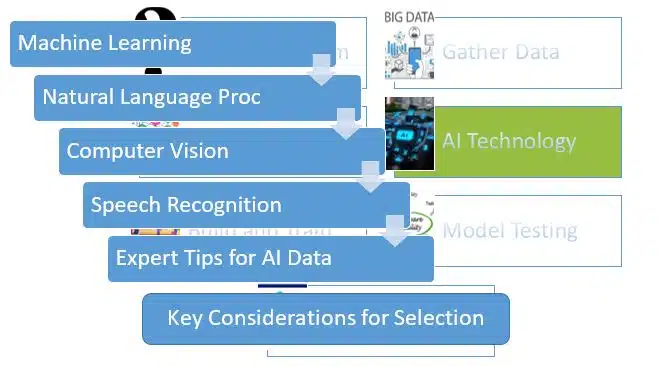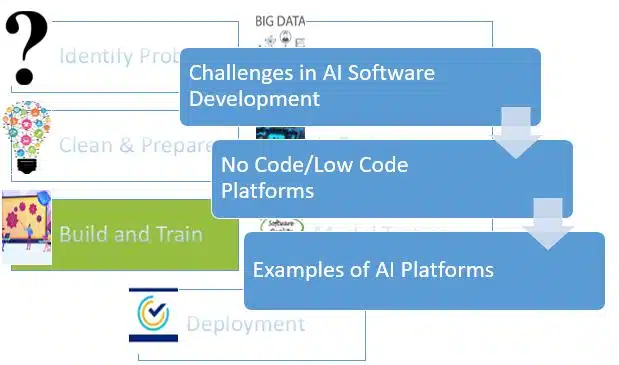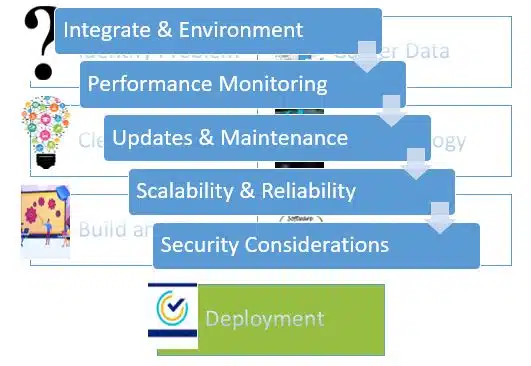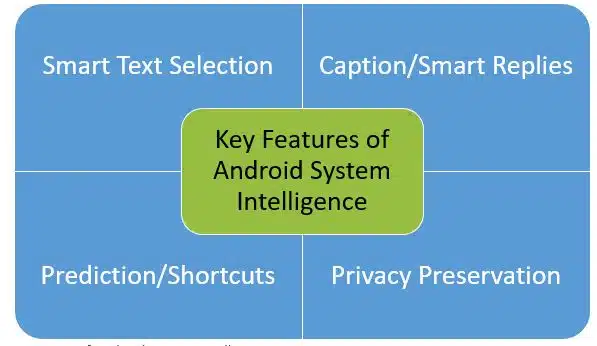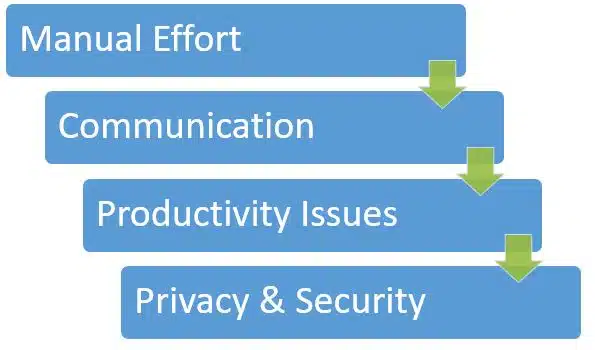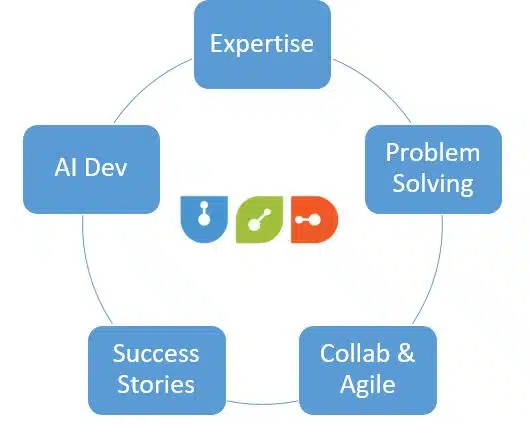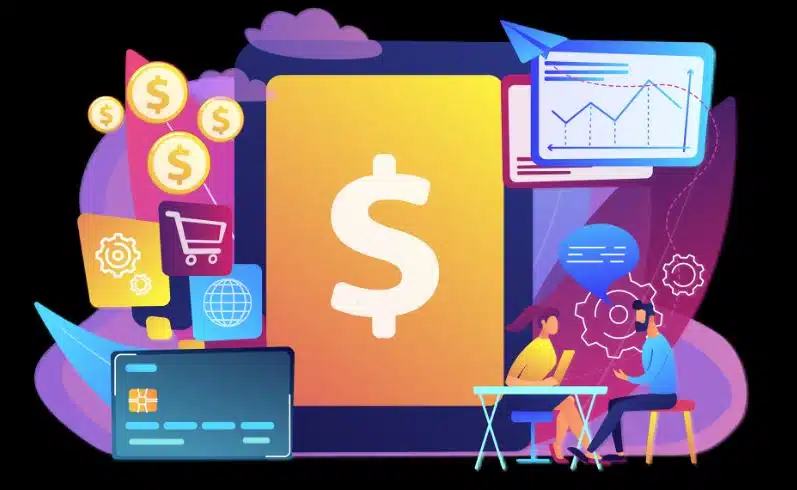What do Tesla, Netflix, and Google have in common? Behind every success story is a software team that gets things done fast, right, and ahead of the curve. Now, imagine that kind of firepower behind your business goals. Sounds good? You’re about to find out how software development companies in USA quietly power the world’s smartest digital products, and how they can help you win next. Get ready to explore the tech, the talent, and the tools that make it all possible. Let’s get into it.
Why the USA Dominates the Global Software Development Industry
The USA stays on top because it builds the right systems, invests in research, and attracts the smartest minds. Let’s break that down.
Innovation Ecosystems and R&D Investment
Ideas don’t grow without support. In the US, they’re backed by real funding, professional labs, and tech-driven universities. Top software development companies thrive because they’re surrounded by accelerators, investors, and constant experimentation. The US government alone spent over $165 billion on R&D in 2023, driving progress in AI, software, and smart systems. That support fuels long-term success and keeps the US ahead in software innovation.
Access to Top Tech Talent Nationwide
According to the US Bureau of Labor Statistics, the country had over 4.6 million tech workers in 2023, and that number keeps rising. Software development companies in USA hire developers from this deep talent pool to build reliable, scalable, and smart solutions for every kind of business. Whether you need web apps, AI tools, or enterprise platforms, top talent is already on it.
See How Software Development Companies in USA Use AI, Blockchain, and IoT for Your Business Goals
Blockchain Development Is Booming in the United States
Speed and safety are key, and that’s exactly what US developers focus on. They create blockchain platforms that handle thousands of transactions securely. These systems are used for digital contracts, secure payments, and identity verification without delays or security risks.
US software teams handle it all from cryptocurrency wallets to DeFi apps and smart contracts. They create platforms that follow the latest compliance rules while keeping things fast and flexible. It’s smart, secure, and ready for the real world.
AI Software Development in the USA Sets Industry Benchmarks
US developers use AI to automate repetitive tasks, speed up workflows, and cut costs. Predictive analytics help you plan better, while smart algorithms personalize user experiences in real time. These tools make your business faster and more user-friendly from chatbots to smart dashboards.
In healthcare, AI reads scans, flags risks, and supports diagnosis. In finance, it detects fraud, scores credit, and speeds up customer support. In retail, it predicts demand, adjusts pricing, and improves shopping experiences. Software development companies in the USA build these tools for real business results.
USA-Based IoT Software Developers Enable Smart Infrastructure
IoT Software Developers build systems that connect and manage sensors, cameras, and other devices. These platforms help companies track assets, monitor systems, and automate tasks, all in real time. Smart devices make everything run better and smoother.
In healthcare, IoT tracks patient vitals and equipment. In logistics, it monitors vehicle location, temperature, and delivery times. Smart homes use it for security, energy control, and daily convenience. Software development companies in USA make these systems work safely and smoothly.
How US Developers Solve Business Problems with Tech
| Business Problem | How AI Helps | How Blockchain Helps | How IoT Helps |
| High Costs & Slow Operations | Automates tasks, speeds up workflows | Makes transactions faster and more secure | Optimizes resources, automates monitoring |
| Lack of Real-time Insights | Provides predictive analytics, smart dashboards | Offers transparent and reliable data | Gathers real-time data from devices |
| Security Concerns & Fraud | Detects fraud, flags risks | Ensures secure, tamper-proof records | Monitors assets and locations in real-time |
| Poor Customer Experiences | Personalizes interactions, powers smart chatbots | Creates trust with transparent dealings | Connects smart devices for convenience |

Tools and Technologies Used by US Software Development Companies
Software development companies in USA use the most trusted and proven technologies. These tools help them build reliable, fast, and scalable solutions for clients in every industry.
MERN Stack Development
Many companies rely on the MERN stack for web development in the USA. It includes MongoDB, Express.js, React, and Node.js. This stack is perfect for building modern web apps with smooth interfaces and strong back-end support. It supports real-time data, fast performance, and easy updates. Businesses love MERN because it helps launch full-stack apps quickly without switching tools or platforms.
Python Software Development
Python app development services in the United States are used in web, data science, automation, and machine learning. Python is known for its clean syntax and strong libraries. US developers use it to build secure systems, from simple websites to AI-powered applications. It’s flexible, fast to develop, and easy to maintain, making it a top choice across industries.
Java Software Solutions
Java software developers in USA work with banks, insurance firms, and enterprise platforms. Java is great for handling complex systems that need strong security and long-term support. It works across devices, runs fast, and supports millions of users. US companies choose Java for large-scale solutions that must be dependable and easy to scale over time.
.NET Application Development
.NET software development companies in the US build everything from internal tools to public-facing apps. The .NET platform works well with Windows and helps create reliable web, desktop, and cloud-based applications. It supports high performance, modern UI, and easy maintenance. US developers also use it to upgrade legacy systems and meet enterprise needs.
AWS Cloud Services
AWS cloud consulting services in USA help businesses move to the cloud, store data, and build scalable systems. Companies use AWS to cut infrastructure costs and speed up deployments. Services like EC2, Lambda, and S3 allow teams to focus on features instead of server issues. AWS also supports compliance and security for different industries.
Microsoft Azure Solutions
Azure development companies in USA offer tools for businesses that use Microsoft products. Azure works well with .NET, Windows, and Office tools. It supports AI, IoT, and analytics projects with reliable performance. US developers use Azure to manage cloud apps, databases, and backups with strong control and flexible scaling options.
Docker and DevOps Tools
Docker development and DevOps services in the US help companies automate testing, deployment, and scaling. Docker packages apps into containers that run the same everywhere. DevOps tools like Jenkins, Git, and Kubernetes help teams work faster and fix bugs early. US developers use these tools to reduce downtime and speed up delivery cycles.
Top 3 Software Development Companies in the USA
If you’re looking for top-rated software development companies in the USA, these three firms offer strong results, reliable service, and tech expertise across industries like healthcare, retail, and finance.
Unique Software Development
Unique Software Development company in Dallas focuses on user-driven design and modern app development. Their team builds mobile, web, and data-driven platforms with a mix of creativity and technical skill. Clients trust them for clear communication, custom solutions, and on-time delivery. They’re a strong pick for startups and enterprises looking to launch smarter digital products with clean code and scalable design.
ELEKS
ELEKS software development services in the United States serve businesses that want custom enterprise solutions. Their developers work on AI, IoT, and blockchain projects with a focus on performance and value. They help firms improve operations with smart, reliable tools from logistics to healthcare. ELEKS is known for strong project management, flexible engagement, and delivering complex systems on time and within budget.
Chetu
Chetu is a custom software development provider in USA. They offer industry-specific solutions for retail, finance, healthcare, and travel. Their team supports businesses with custom applications and ongoing development help. Chetu’s developers work closely with clients to build what fits their exact needs. They also provide 24/7 support and quick turnaround. This makes them a trusted partner for long-term growth.
CTA
Build Smart Software With US Experts Today
Need expert software solutions? Unique Software Development builds reliable, smart apps for web, mobile, and cloud. Work with top US developers who understand your business goals and deliver real results.
Start Now
Conclusion
Software development companies in USA play a big role in helping businesses grow. They build smart apps, secure systems, and cloud platforms that work fast and scale easily. Whether you need help with AI tools, Python apps, or AWS cloud services, US developers know what they’re doing. The best part? You get clear support, strong results, and real progress. If you want to move forward with your tech goals, choosing a custom software development provider in USA is a smart step. They bring skill, speed, and the tools to help your business stay ahead.
FAQs
1- Why choose a US software development company?
They offer expert skills, fast service, and top-quality work using the latest technologies.
2- Can US developers build mobile and web apps?
Yes, most companies build both mobile and web apps for different industries.
3- Is software development in the USA expensive?
Costs vary, but US companies focus on value, quality, and long-term results.
4- Do US software companies support cloud services?
Yes, they work with AWS, Azure, and other cloud platforms for secure and scalable systems.
5- How do I start working with a software company in the USA?
Just reach out with your idea. They’ll guide you through planning, design, and development.



